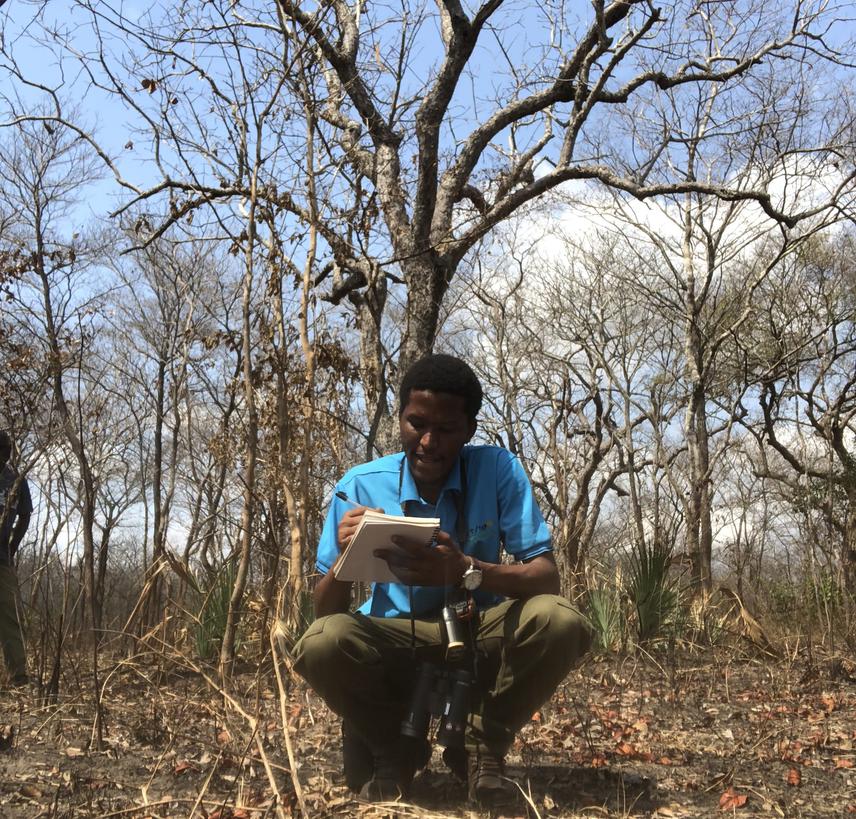Koggani Dickson Koggani
Kilombero Valley harbour 75% of the global near threaten puku antelope. Its population has declined by 37% in 20 years. Habitat destruction due to human activities are linked to this. Moreover, areas encroached by cattle are no longer used by puku. The question comes had puku been competitively excluded by livestock in those areas? Finding out more to answer that, the project aimed at assessing the impact of competitive exclusion by livestock using DNA metabarcoding. Specifically, the project will update an estimate of puku population abundance, characterizing vegetation and lastly characterise, assess and compare the diet of Puku and cattle at the study area.
The project will come up with a better understanding on puku’s diet to inform responsible conservation authorities for designing conservation strategy for this species. Also, such information will substantially improve our understanding on puku’s ecology with the rest of researchers, scientific community and public at large.

Data recording during dry season.
Many wild African mammals survive poorly outside protected areas due to several factors like habitat modification, hunting and livestock feeding. So far, competition due to dietary and range overlap, quality and quantity of forage between livestock and wild ungulates has been reported by several authors. Presumably, several wild ungulates such as wild yak, chiru and Tibetan argali might have been driven to extinction due to competitive exclusion by livestock.
Livestock are considered to be detrimental to wildlife and the entire global biodiversity in most cases. The impacts on wildlife can be direct indirect. Moreover, an increase in different wildlife populations has been reported when livestock got removed indicating that either a diffuse competition between livestock and wild ungulates or perhaps disturbance or reduction in habitat quality and quantity by livestock could be a possible cause.
With more than 75% of the global near threaten wetland dependant puku antelope being in Kilombero Valley Ramsar Site, its population has declined by 37% in 20 years. Habitat destruction due to human activities are linked to this. Moreover, areas encroached by cattle are no longer used by puku. The question is had puku been competitively excluded by livestock in those areas? Hypothesis behind is, livestock outcompete puku for grazing hence puku in livestock areas are forced to eat different food items. If puku diet in areas with and without livestock is the same with roughly equivalent availability of forage, it suggests food competition is not the cause of puku displacement rather physical disturbance from livestock and or poaching.
The work aimed at assessing the impact of competitive exclusion by livestock using DNA metabarcoding. Specifically, the project will update an estimate of puku abundance in the study area, to characterise vegetation of a study area, to characterise, assess and compare diet of puku and cattle at the study area.
The precise knowledge of the diet of a certain species is of special interest for designing a sound conservation strategy and its applications is wide ranging. Like in population dynamics, diet is an important driver of intra/interspecific competition and the knowledge on species diet can be used in behavioural ecology studies as a correlate to fitness.
The project will come up with a better understanding on puku’s diet to inform responsible conservation authorities for designing conservation strategy for this species. Also, such information will substantially improve our understanding on puku’s ecology in its entirety.